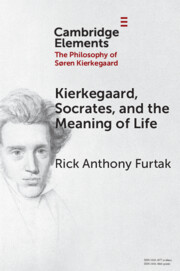Element contents
Kierkegaard, Socrates, and the Meaning of Life
Published online by Cambridge University Press: 20 March 2025
Summary
- Type
- Element
- Information
- Online ISBN: 9781009616072Publisher: Cambridge University PressPrint publication: 17 April 2025

